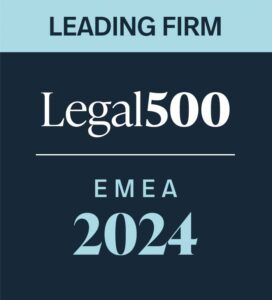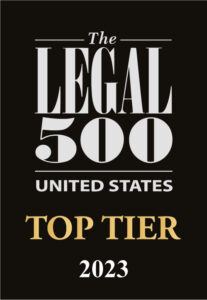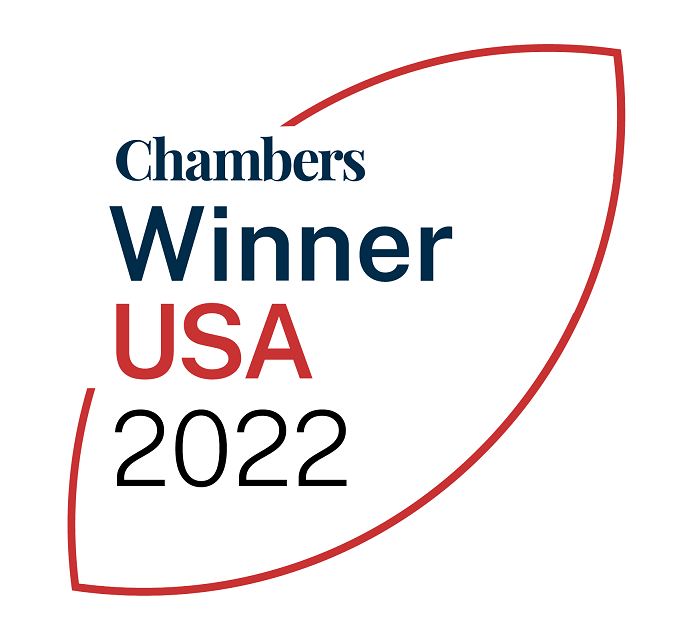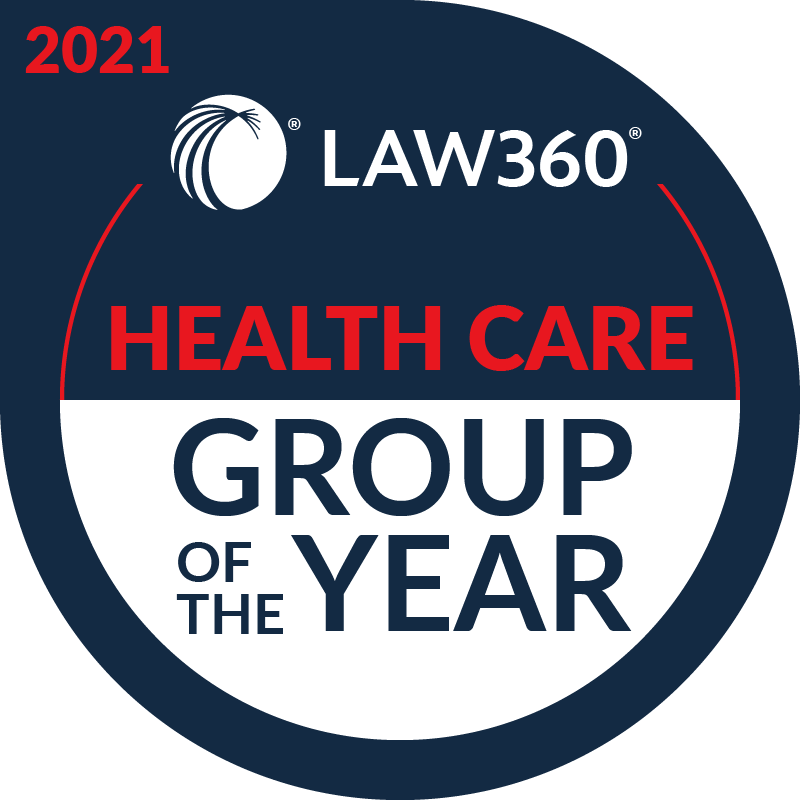It has now been one month since the US Department of Health and Human Services (HHS) Office of the National Coordinator for Health Information Technology (ONC) sent its proposed information blocking rule to the Office of Management and Budget (OMB) for required review.
We expect OMB to approve the much-anticipated proposed rule and ONC to release it soon with the usual opportunity for public comment. While we wait, there are some things that health information technology developers, health information exchanges, health information networks and health care providers who may be subject to the information blocking prohibition and enforcement actions can do to prepare for the upcoming comment period. But before we get to comments, let’s remind ourselves about how we got to this point.
By way of background, Congress asked ONC to produce a report describing the extent of information blocking and a strategy to address it. ONC submitted that report to Congress in 2015 (the 2015 Report) noting, among other things, enforcement authority gaps and indicating that successful information blocking prevention strategies would likely require congressional intervention. In the 21st Century Cures Act, which became law in 2016, Congress granted the HHS Office of Inspector General investigative and enforcement authorities for prohibited information blocking conduct. The Cures Act defined information blocking as a practice that “except as required by law or specified by the Secretary…, is likely to interfere with, prevent, or materially discourage access, exchange, or use of electronic health information [(EHI)].” As part of the law, Congress tasked the Secretary of HHS with issuing rules that identify “reasonable and necessary activities” that will not be considered prohibited information blocking. This is one purpose of ONC’s proposed rule.
At this point, we do not know precisely what kinds of activities ONC will propose to permit by carving them out of the broad information blocking prohibition. However, from the Cures Act we do know the types of practices Congress believed “may” be information blocking, namely:
- restricting authorized access, exchange and use of EHI for treatment and other permitted purposes, and
- implementing technology in ways that are:
- nonstandard and likely to substantially increase the burden or complexity of access, exchange and use of EHI;
- likely to impede EHI with respect to exporting complete information sets and in transitioning between health IT systems; or
- likely to lead to fraud, waste and abuse, or impede innovation and advancements in health information access, exchange or use.
These track closely to the types of practices ONC identified as raising information blocking concerns in the 2015 Report, which also provided a few illustrative examples, including:
- an ACO refusing to efficiently share core patient information with a competing ACO;
- an electronic health records software vendor activating a “kill switch” that prevents the provider/customer from accessing patient records in connection with resolving a billing dispute with the provider/customer; and
- a hospital applying an overly restrictive privacy policy.
ONC also raised concerns about charging prices or fees that are cost prohibitive and thus impede information flow or use, such as cost-prohibitive fees associated with data exchange and interfaces.
What can you do while you wait for the proposed rule?
We suggest taking this time to evaluate your existing arrangements and see how they stack up against the practices Congress and ONC set forth as raising information blocking concerns. This will position you well to think about how the forthcoming proposed policies might apply to your arrangements and what, if any, modifications you might need to make when the policies are finalized and become law.
What should you do when the proposed rule is finally issued?
- Remember that this is a proposed rule and that you will have an opportunity to provide public comments—directly, through a trade association or both—to help shape the final rule that will establish the “rules of the road.”
- Evaluate the extent to which your existing arrangements fit within ONC’s proposed information blocking exceptions and consider whether greater clarity or additional flexibility might be needed from regulators to provide comfort that your arrangements are not viewed as information blocking under any final rule.
- To the extent that ONC proposes defining any key terms, consider whether those definitions impact the scope of who and what is covered by the information blocking prohibition and is ultimately subject to enforcement action.
- When considering your public comments, give some thought to what would be a reasonable effective date for the final rule that would allow sufficient time to bring any non-conforming arrangements in line with the law and avoid negative enforcement consequences.
Please do not hesitate to contact your regular McDermott Will & Emery lawyer or any one of the authors of this post if you have questions or need assistance with your public comments to the proposed rule.






